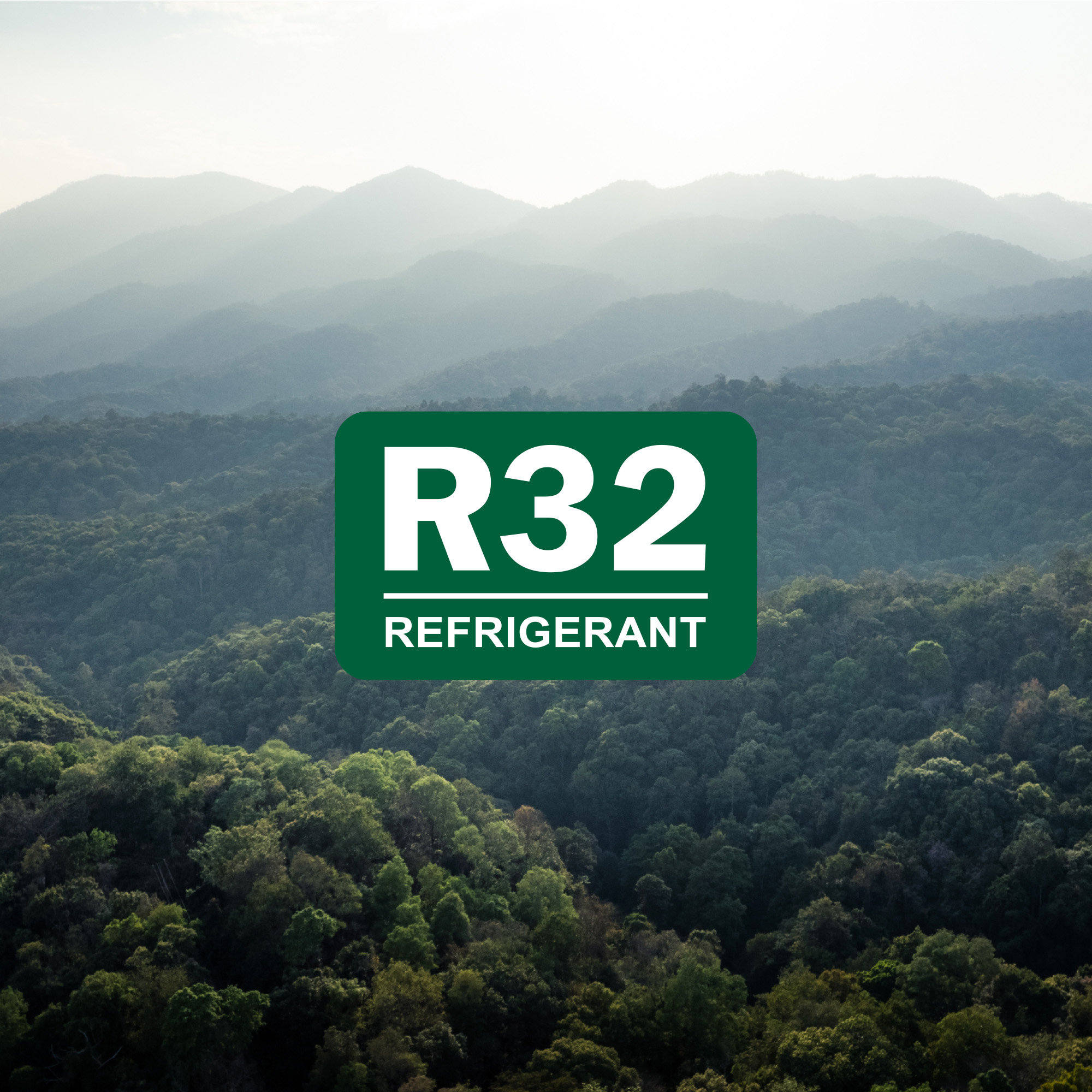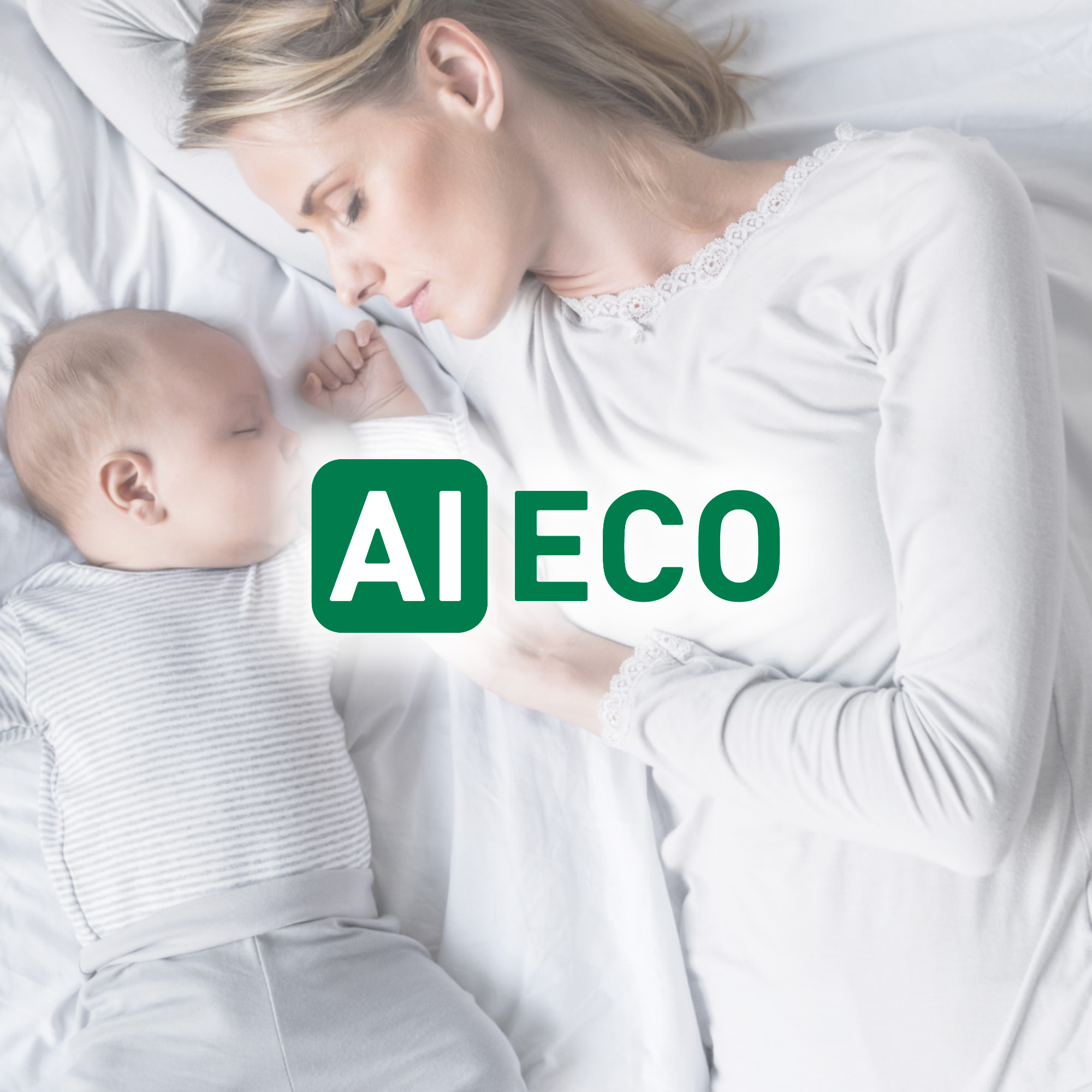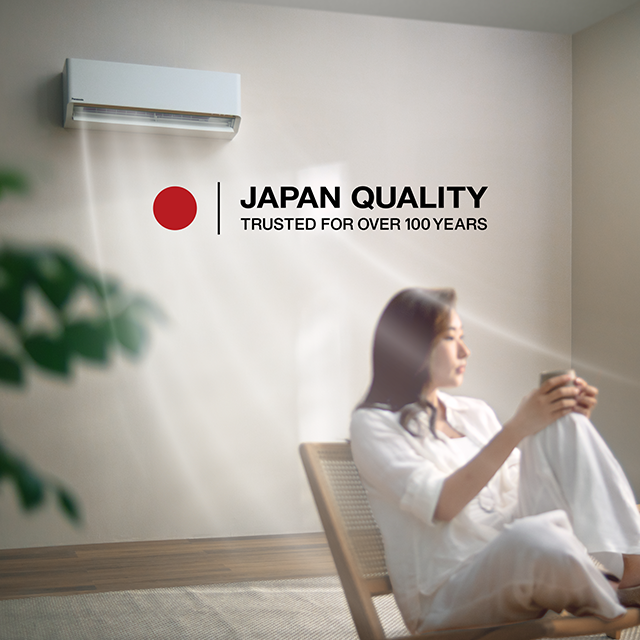Enhancing livability
via more personal design
and better air quality

A period of introspection has led to slower,
more considered lifestyles that factor in mind, body,
and spirit, and clean air is a fundamental requirement.
Text by David Blecken
Photography by Christiaan Hart

Creative frustration can lead to great things. That is what Maxime Dautresme says prompted him twelve years ago to launch A Work of Substance — a means to free himself from the constraints of working in a single discipline. The company is a multidisciplinary, research-based design studio whose work ranges from brand and product identity development to commercial-level interior design and architecture.
Dautresme describes Substance's team as "contextualists" who provide a platform for expression to their clients across all fields. He himself has a passion for transmuting concepts into mediums of varying scales, from typography to a physical building. Curiosity is a driving force for him and the company.
“If this were 200 years ago, my team and I would all probably be on a boat trying to discover new countries,” he says, perhaps half-seriously.
Dautresme identifies strongly with Japan, where he lived in his early childhood, for its rich traditions of design and craftsmanship. But he says the numerous countries he grew up in have given him “layers of culture” that have shaped his perspective on design and life in general. He says that Substance represents “the opposite of mass production.”
“We’re very detail-focused,” he explains. “We’re not necessarily highly efficient. We go quite far in the expression of our designs, and we represent provenance, artisanal skills, and handcraft.”
A Work of Substance has offices in Hong Kong, where Dautresme spoke from, Paris, Bali, and soon, Lisbon. In this interview, he discusses how attitudes to design and its role in personal spaces have changed over the past two years, and, as a user of Panasonic’s nanoe™ X products, how air quality is becoming a bigger consideration for both designers and the general public.

A deeper sense of place
How have the past two years affected the type of work that you are involved in? What changes have you seen in terms of customer requests, and what are you doing more/less of?
We’ve been doing a lot of hospitality projects, and what’s been notable is that we are being asked to design with longer stays in mind. It has shifted the way we design the rooms, the communal spaces — everything — to accommodate the desire for a home away from home. We’re going to continue to see less business travel that’s just one or two days in a city, so it’s about creating an ecosystem that allows for that. It’s inviting people to discover new rituals, new daily routines. Things are more personal. Beyond hospitality, people are looking to create experiences that are more human, even if it’s an ecommerce site or a fintech service. They are seeing that level of detail in hotels and wanting that approach injected into business to make it softer and less corporate.
Have you seen people reassess the factors necessary for quality of life?
Yes, there has been a huge change. It affects all kinds of social environments. People realize they took balance for granted and are spending more time in environments that make them better human beings in terms of mind, body, and soul. Working from home and being closer to family allows people to have better connections. You also have people who are spending more time on enhancing their physical environment, whether it's relocating or tailoring their existing space for personal growth and wellbeing.
Do you think people have become more in touch with their surroundings? If so, in what way?
They have. It's the concept of being present. Your senses get muted by routine, and by taking a break from routines, people have become more aware of their surroundings in all aspects. From my perspective, I see that I have become more efficient and creative. Things have slowed down; it’s as if I was on a treadmill and someone was discretely reducing the pace. Or on a sailboat — it takes time to get anywhere, but you end up with a better sense of that time and the journey.

Quest for enhanced livability
You live in Hong Kong. What is the living environment there like? Like much of China, Hong Kong had been dealing with air quality issues for a while, but things are now much better than they were.
Mainland China and Hong Kong are much better than they were. Public awareness has pushed the government to do something, and I see a considerable improvement compared to when I arrived around fourteen years ago. Hong Kong is much more livable than it was back then. That said, we of course still have filters wherever we go. Air circulation is still a huge issue, and that's one reason I choose to live by water.
How do air quality considerations affect Substance's work in areas such as architecture?
Our projects are varied, but in all of them by default there's an element of sustainability or progressive technology that is there to enhance livability. Often, it comes in the form of air circulation or materiality. We look for materials that perform well under exposure to air. For example, we're working on a restaurant in a basement that uses rammed earth. It filtrates by absorbing pollutants and storing them. We're using materials that express what nature does best, like the way trees and soil capture pollution and filter the air. We did an office in Hong Kong where all the partitions are miniature greenhouses with resilient plants like ferns, and the ventilation system is on a timer that links to people's circadian rhythms. It's a visually striking system that recycles the air.
What are your thoughts on Panasonic's nanoe™ X technology?
I am very conscious of the air I breathe. With nanoe™ X, purification is integrated into something I can't live without, which is climate control. It is tremendously valuable to have these two aspects in one device. The way forward will be climate control combined with air quality control for both commercial and residential use.


Finding poetry in imperfection
As we move beyond the pandemic, do you think people will be more aware of the importance of air quality and the role of technology in improving it?
I think this is something everyone should focus on. They need to make an effort to help find ways to capture pollutants. Research needs to be at the forefront of this transition, but on a smaller scale, you can improve the environment of commercial and residential spaces with clever use of materials and the integration of air filtration into the design or appliances.
What other current issues do you think good design can help solve, and what are you most optimistic about when looking at the next 12 months?
It's the idea of preservation — understanding what is behind us and making sure that we respect and reinterpret it. This represents the opposite of mass production. We're here to preserve artisanal skills and craft and to celebrate human imperfections — the poetry you find in everyday objects.
In our work for Goodman Westlink, a modern logistics facility located within the Greater Bay Area, we made sure to utilize the spatial and material qualities of the existing environment. For example, we used the soil in the land to clad the interior surfaces and the wood from the trees that stood on the land to build furniture. We need to reprocess waste and source materials locally when possible. It’s about finding a balance between repurposing and reinterpreting, restoring a sense of serenity in a building that’s in perpetual motion.
Why are human imperfections so important to you?
Because they reflect us. They carry emotions, instinct, intuition. Human poetry resides in those imperfections. Archaeologists bring things back from the past that can be beautiful and symmetrical, but there's always human expression behind it. That fragility is what makes us unique. It gives us a sense of belonging and reciprocity, a human spirit.
Profile

Maxime Dautresme
Founder and Creative Director
A Work of Substance
Born in Brazil, Maxime Dautresme grew up in Japan and France among other countries before studying at the Ecole Nationale Supérieure d’Architecture de Paris-Val-de-Seine. He embarked on a career in brand strategy by founding A Work of Substance in 2011. The company's projects range from strategy to packaging, digital experience, landscaping, interior and product design, and architecture. It has offices in Hong Kong, Paris, and Bali and is opening an office in Lisbon in 2022.
Related Products













